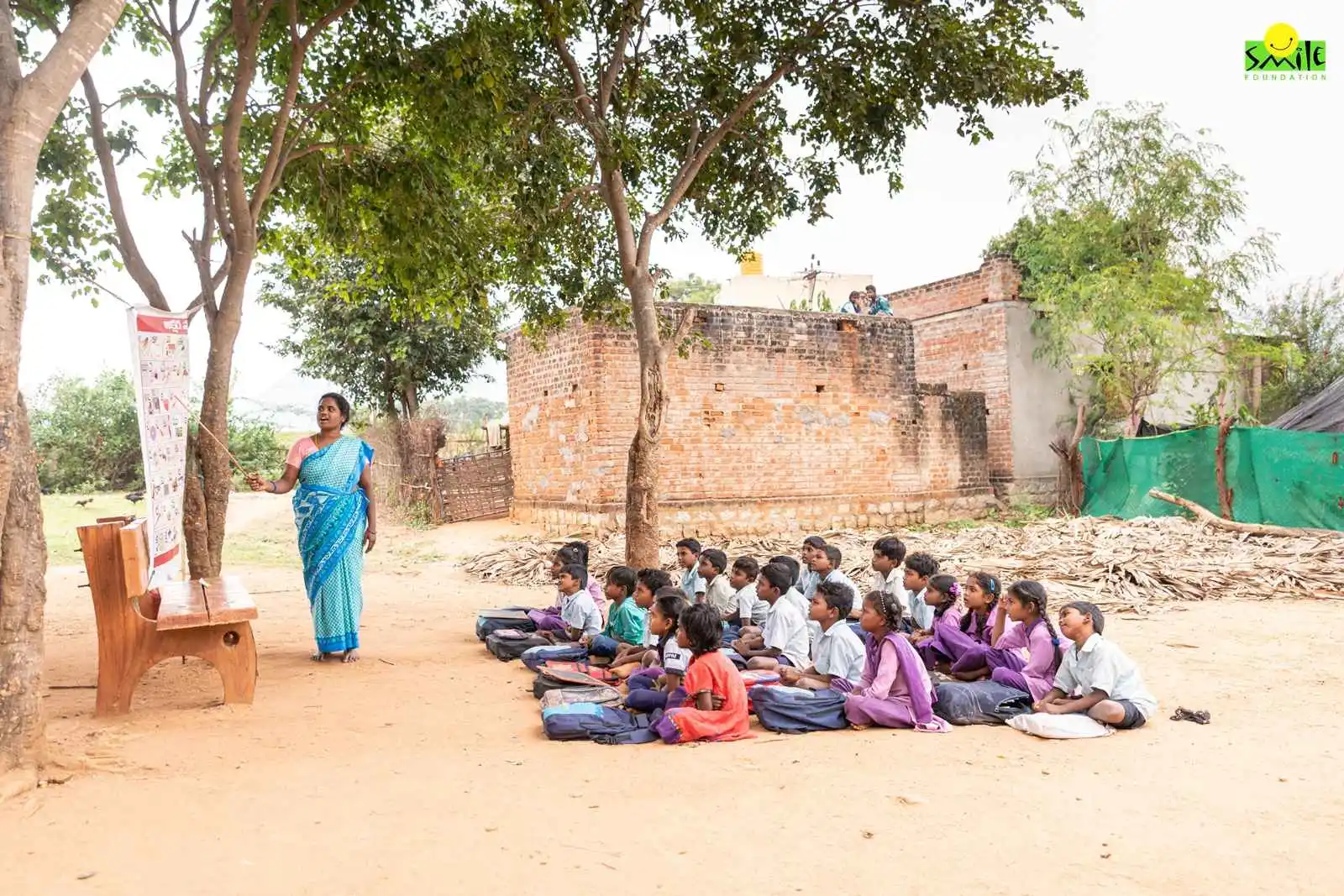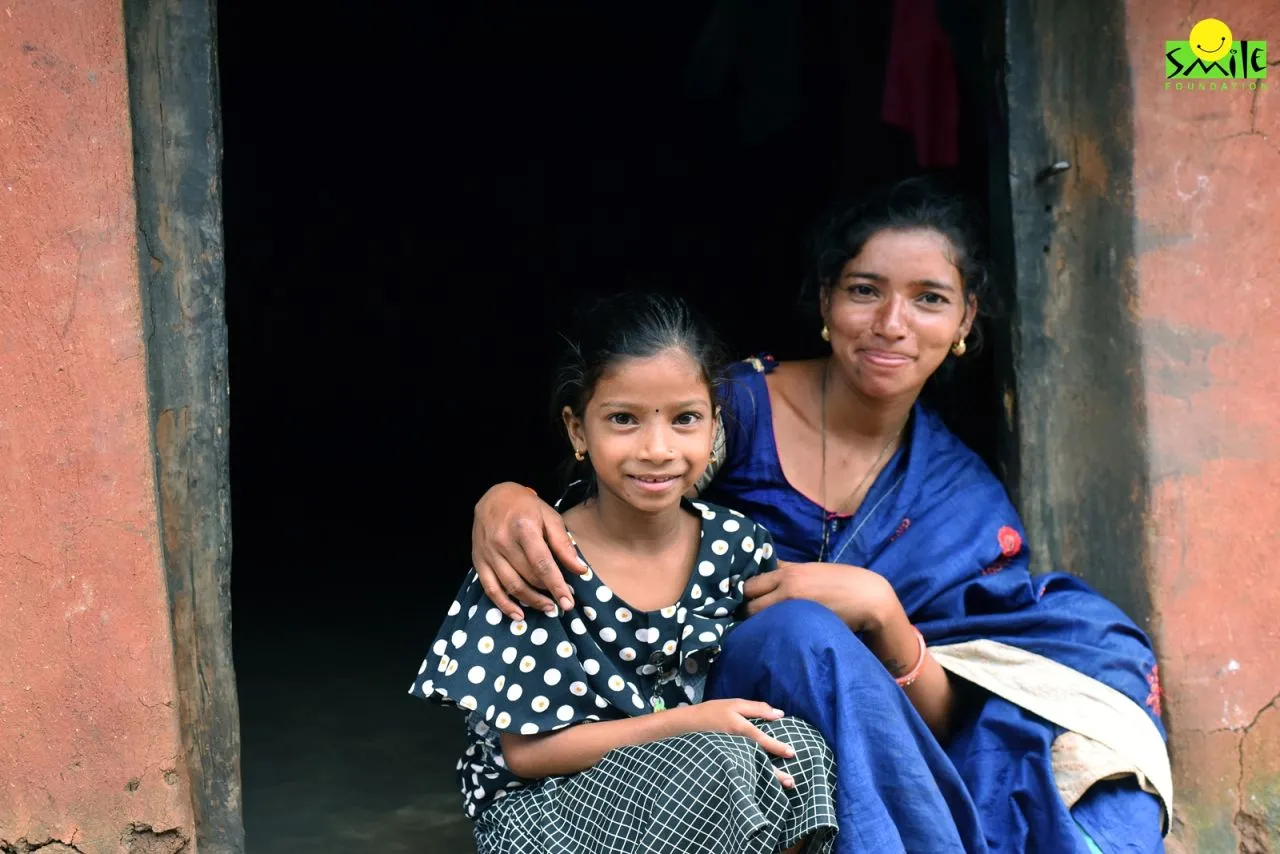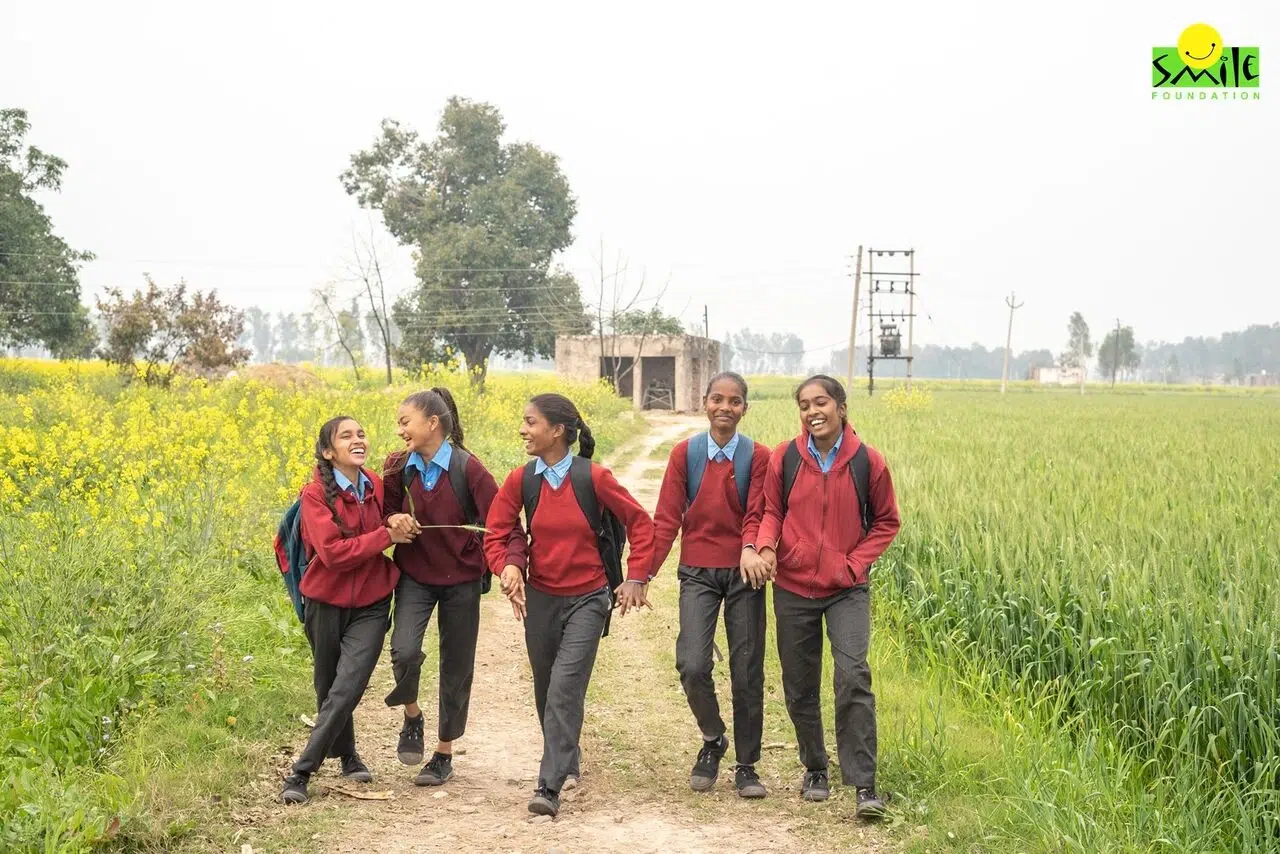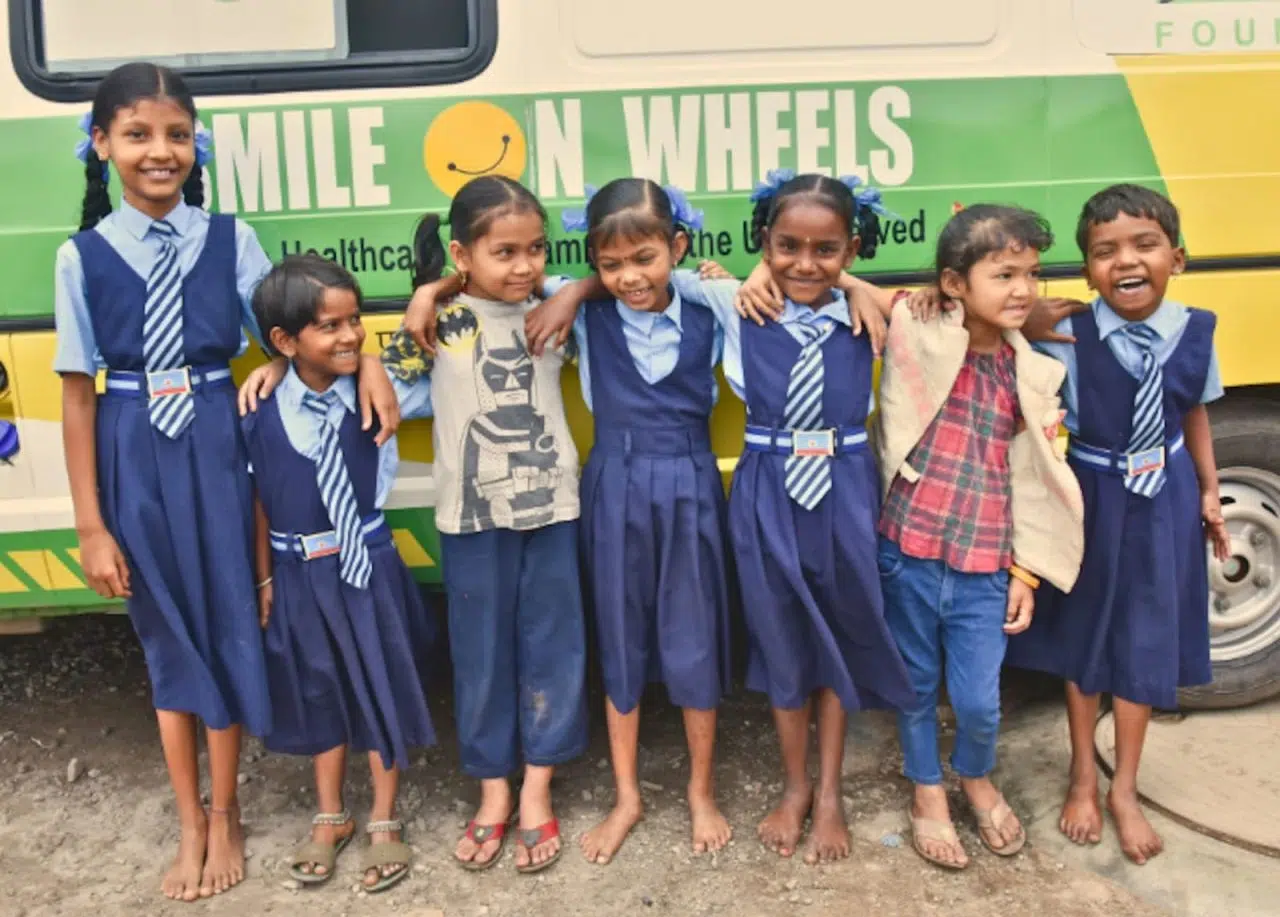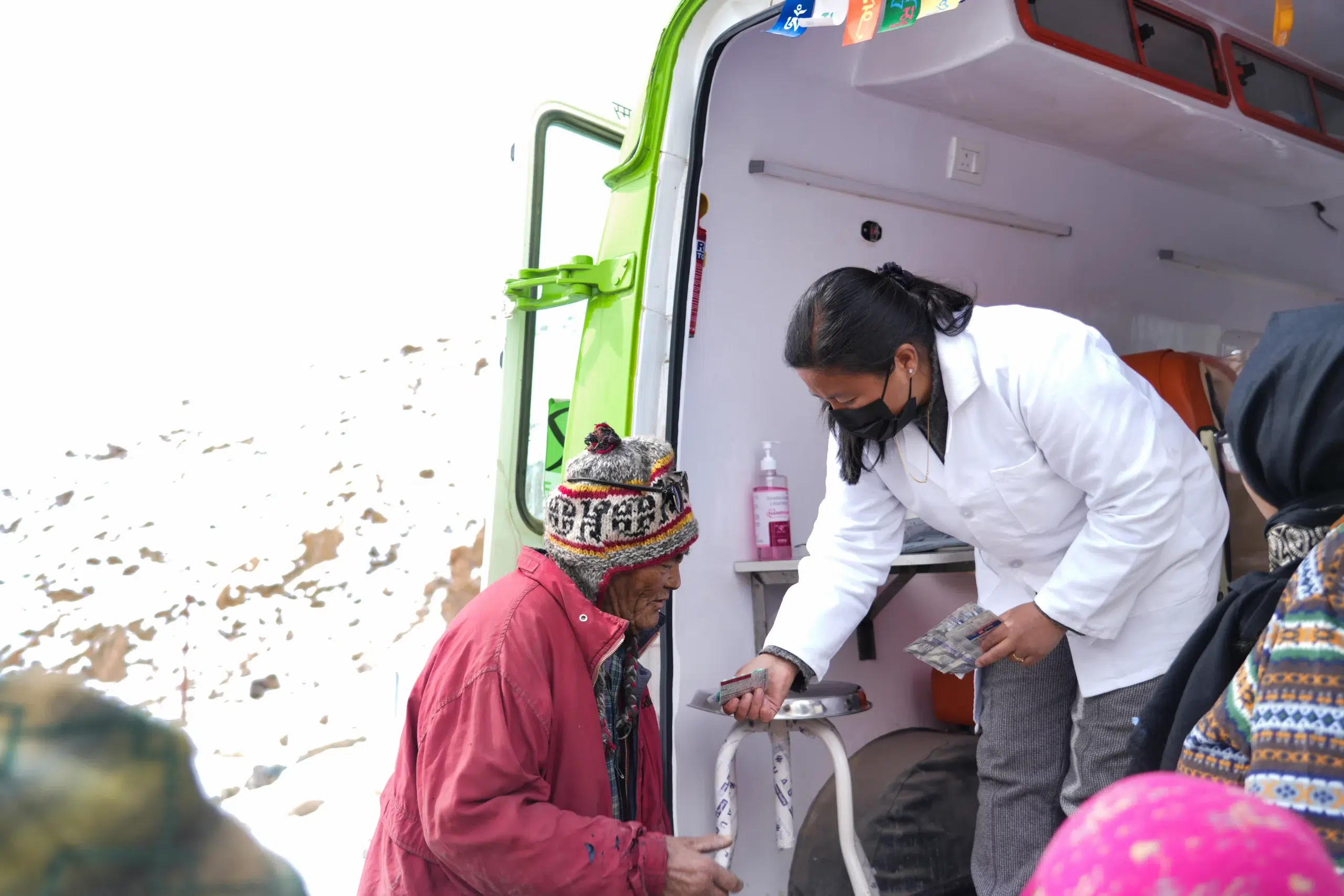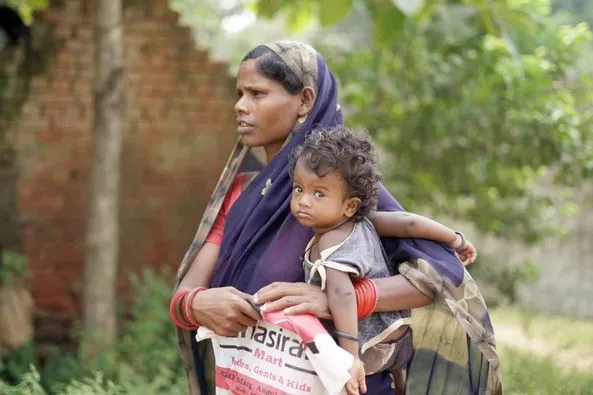Women are mostly engaged in non-productive labour such as taking care of the family, children, elderly and persons with disabilities. During the pandemic, closures of schools and lockdowns raised the need for unpaid care for children, elderly parents, and people with disabilities, causing many women to quit the workforce or work much fewer hours. The mental, emotional and physical toll it can take is unimaginable. How can we redesign our social and economic policies to ensure the well-being of women in a system with better and accessible childcare facilities, dignified ageing, and proper care for persons with disabilities? A care ecosystem is essential for women and their families to address and support their diverse needs in the various circumstances that they live in.
Understanding the Care Ecosystem
A care ecosystem works to support all the diverse health and care needs in a society, thereby reducing the burden on families and women in particular. Moreover, a formal care ecosystem can offer training in care work and employment to trained women and men caregivers.
Why Invest in a Care Ecosystem?
Increasing Women’s Employment Participation: The setting up of a care ecosystem can reduce the workload on women, who typically take part in diverse domestic responsibilities and care work. This would enable women to engage more actively in the job market and concentrate on entrepreneurship, employment and other income-generating activities.
Childcare Support: A solid childcare ecosystem is secure, affordable, and readily accessible, and offers high-quality care that is tailored to the needs of families and children. There is a need to boost investments in childcare establishments near workplaces. This will assist parents in managing their career and family duties. Often, state-led initiatives are inadequately funded. The caregiving burden for families can be significantly alleviated by the expansion and improvement of these services.
Eldercare Services: The provision of high-quality healthcare and ample economic support for older people in India is necessary today. Forty per cent of the country’s elderly are in the poorest quintile and about 18.7 percent of them are living without an income. Many old people live alone in today’s world or are often being taken care of by the woman of the household. For a variety of reasons, such as financial constraints or inadequate training, family members may be unable to provide assistance. It is imperative to reduce the reliance of the elderly on their family members with better pension systems, as well as enhancing the existing healthcare facilities.
Support for Persons with Disabilities: Individuals with disabilities require the same level of healthcare as the general population. Additionally, they may have more complicated or supplementary health requirements as a result of limitations and their effects. Many families may not be able to afford or access this specialised care. It is crucial to establish an ecosystem that facilitates effortless and cost-effective access to specialised care for these individuals and their families.
Economic benefits: The formalisation and governance of care work can contribute to promoting equitable wages and working conditions, which in turn results in increased household income, consumer expenditure and greater economic output. Moreover, improving the quality of care would also make societies more resilient to emergencies such as health pandemics and climate change, owing to the presence of a robust and formal care sector.
Role of the Government and Private Sector
Proactive engagement between the government and the private sector is essential for an efficient care ecosystem. Together, they must identify gaps, develop new initiatives, use technology, rebuild infrastructure and advocate for improved policies.
The private sector can pool in where the public sector lacks access, capabilities and resources. To leverage the skills, ingenuity, and resources of the private sector, governments should engage with companies in public-private ecosystems. In the same way, organisations should consider utilising this collaborative approach to bolster the efficacy of their own sustainability and social impact initiatives.
The primary central government programmes in India for the funding of care infrastructure and services are the Saksham Angandwadi and POSHAN 2.0, Atal Vayo Abhyuday Yojana, and the National Social Assistance Program The provision of care services, whether in publicly managed or privately maintained facilities, necessitates ongoing monitoring. It is necessary to define basic service levels and infrastructural benchmarks for commercial, public and community-based care providers.
A dedicated skill training framework is necessary for developing and creating modules, and collaborating with international training institutes to train workers. The framework can establish requirements for care worker qualifications, wage bands and minimum care service performance criteria.
The Way Forward
We may be proud of the significant progress we have made as a nation in recent years, particularly in addressing gender inequality. But, it is now imperative to establish a care ecosystem, as it plays a crucial role in achieving gender equality, economic growth and social development.




